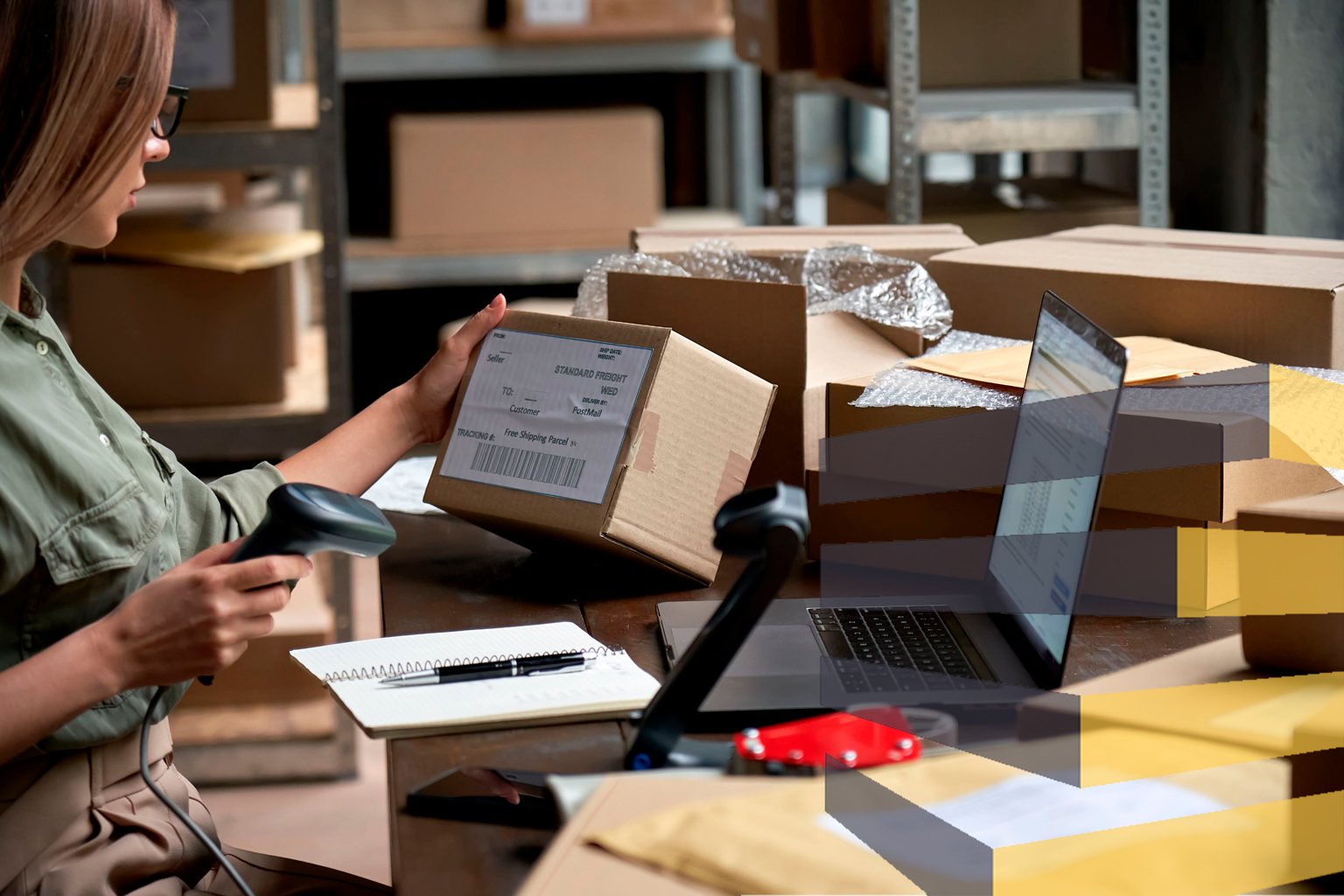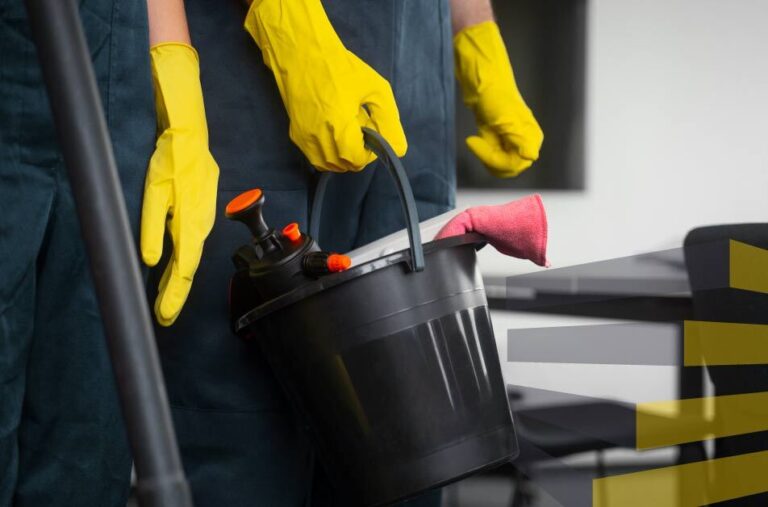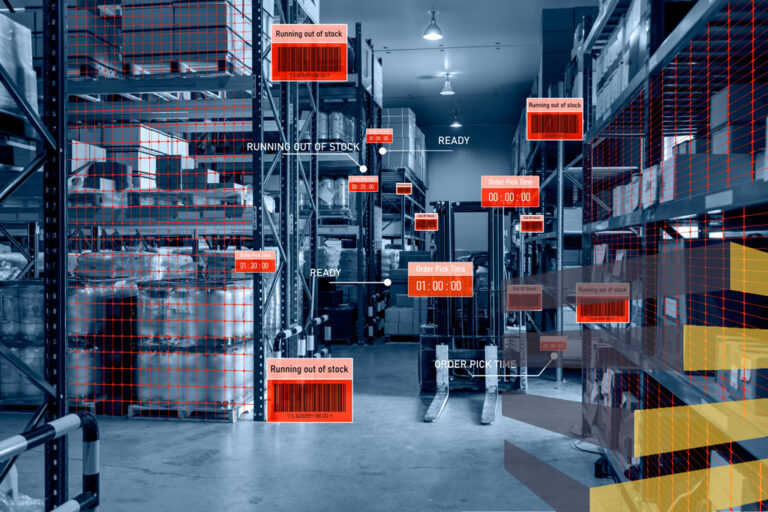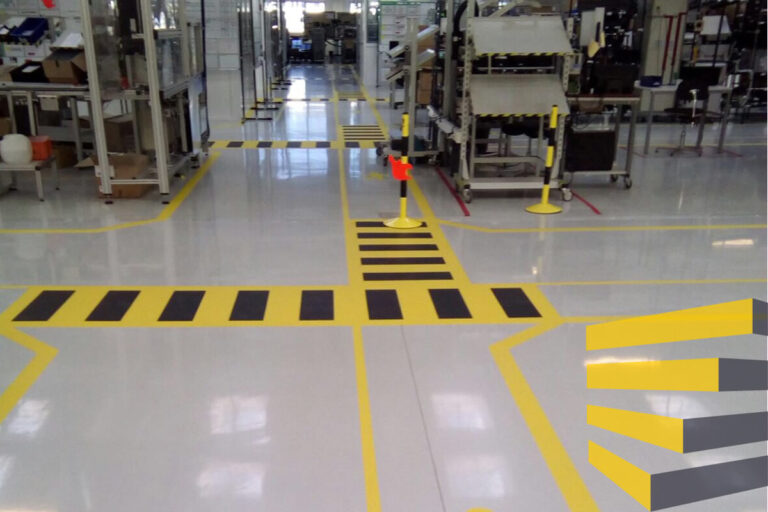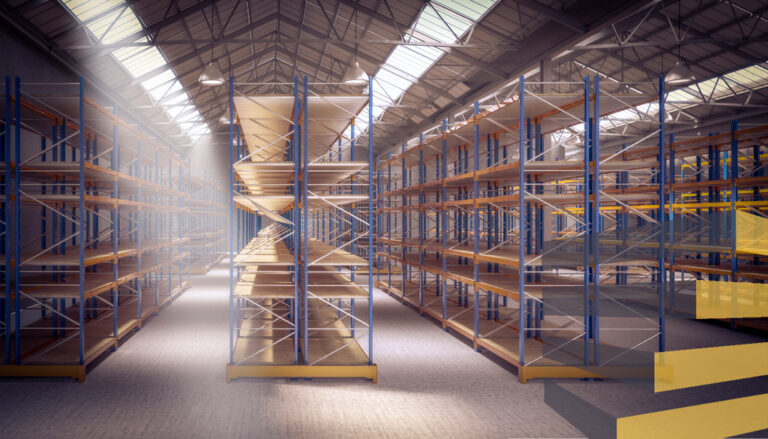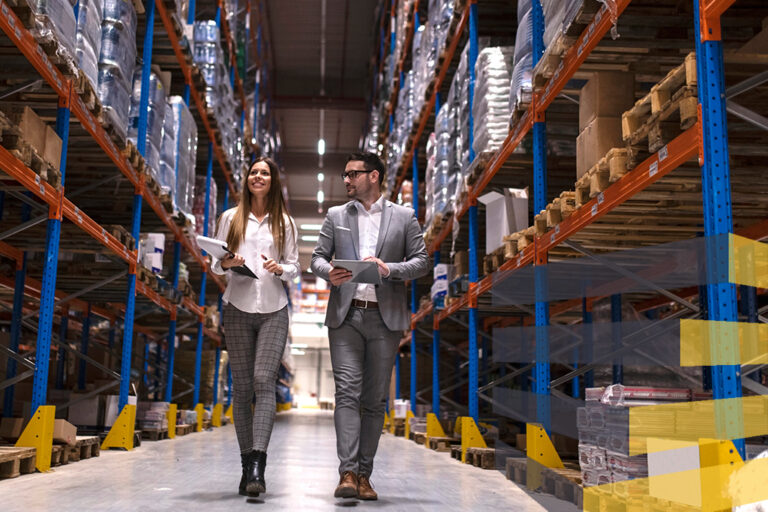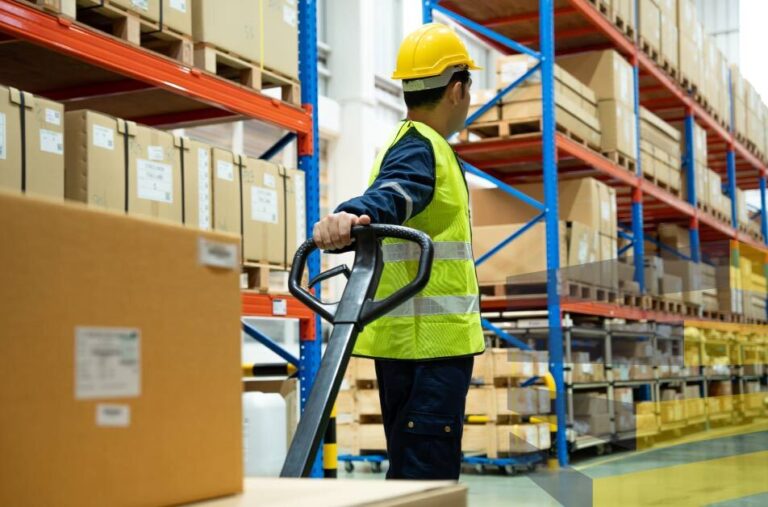Table of Contents
Warehouses play an important role of Brazil’s massive economy, forming part of the essential infrastructure for the country’s massive agricultural, mining, and manufacturing sectors. For anyone involved in running a production or distribution center, efficiency and productivity are bolstered by having a well-organized system of warehouse labeling in Brazil.
In recent years, Brazil has seen an increase in foreign investment, alongside major growth in retail e-commerce sales, as Brazilians increasing turn to the internet to buy products. As such, there is growing need and interest in setting up a warehouse in Brazil.
National businesses such as Magazine Luiza and foreign investors like Mercado Libre have seen notable growth in the country, with the latter publicly renewing its interest in Brazil with the announcement of an investment plan for 2023 worth billions of US dollars.
Meanwhile, big overseas companies such as Maersk, Shopee, and Shein are also expanding operations in the country, opening new warehouse units and distribution centers across the country, so that Brazil has an impressive combination of local demand and foreign investment.
For all such companies setting up new distribution centers and production facilities, warehouse labeling in Brazil forms a critical part of their operations and infrastructure.
If you need help with warehouse labeling in Brazil, contact us today.
Considerations for warehouse labeling in Brazil
The explosion of the e-commerce industry in recent years has made warehouse labeling in Brazil even more important, with businesses relying on it to organize stock and increase productivity.
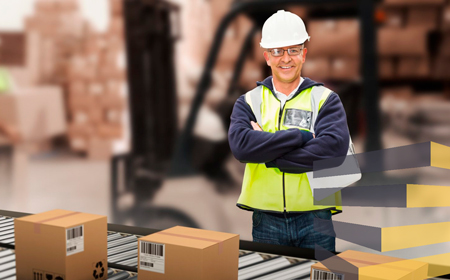
Efficient organization is the backbone of any successful goods handling operation, and orderly warehouse labeling in Brazil underpins the streamlined logistics necessary to support the growing economy.
For anyone setting up a new facility in the country, several things should be taken into consideration.
Type of warehouse
Choosing warehouse labeling in Brazil will depend on the category of stored goods or the type of operations. Warehouses can be private or shared, ambient or refrigerated, automated, bonded, and many other things, depending on what they are needed for. Companies handling hazardous materials, for example, need to comply with stringent safety regulations to avoid greater risks.
The same goes for refrigerated warehouses, which depend on labeling to help monitor the quality of goods such as dairy, meat, and pharmaceutical products. This is especially important for Brazil, which houses the majority of the biggest refrigerated storage providers in Latin America.
Different materials for warehouse labeling in Brazil
Using appropriate materials is an important factor for warehouse labeling, and depends on the conditions. Removable labels can be easily moved between areas and may be preferred for operations that need more flexibility in labeling products. They are usually made from paper, often with adhesive.
However, permanent plastic or even metal labels may fare better in refrigerated conditions where damp or cold conditions might damage paper. An efficient combination of label materials should be considered early on to improve the durability of your operations.
Regulatory compliance
In Brazil, any product that requires market access has to adhere to the INMETRO certificates. Warehouses storing food, beverages, and pharmaceuticals also need direct approval from the Brazilian Health Regulatory Agency (ANVISA). Warehouse safety standards in Brazil fall under the umbrella of ANBT.
The international GS1 logistics standard is not necessarily mandatory for all warehouse labeling in Brazil. However, it is widely used and works as a good reference when handling goods and with warehouse labeling in Brazil, so it pays to be familiar with the system.
Placement of warehouse labeling
Labels can be physical tags, barcodes, or RFID tags that are attached to items or locations and linked to a database for real-time visibility and control. Depending on who or what will be reading them, labels should be displayed in different places.
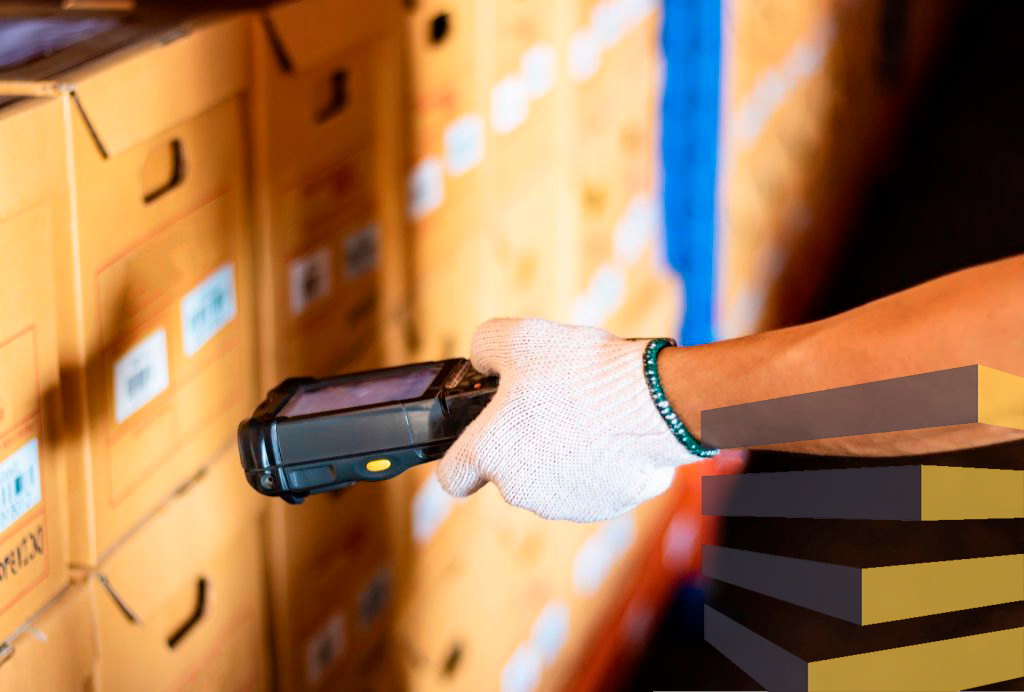
Without proper labels, workers can waste valuable time searching for specific goods, leading to inefficiency, potential mistakes, or even accidents. There is a variety of locations to place labels and tags to help optimize your warehouse labeling in Brazil.
Labels on Racks
Effective rack labeling influences warehouse operations by facilitating the smooth flow of items, eliminating confusion, and ensuring swift and accurate retrieval of products from their designated racks. They tell you what is on or will be on each aisle. They tend to be rather general and refer to a wide area.
These labels are usually the most common in the day-to-day operation of a warehouse because racking is the backbone of most logistic operation. They are read by a wide variety of workers, from forklift operators to dispatching operatives.
Tags on the floor
Floor labels help workers can identify different areas and sections of the warehouse. Furthermore, they assist in the efficient routing of products, reducing the time taken to find items. They are usually easy to install and extremely durable, often metallic.
Tags on the floor are also vital for your warehouse labeling in Brazil to ensure safety standards. By designating areas that are safe to move in, they reduce the risk of collisions or falling items. They also make sure that areas do not become dangerously overcrowded or overstocked.
Labels on Shelves
After the correct rack is located, shelving labels help confirm product information, while also improving categorization and certifying the same information to anyone already present on the aisle. While an aisle label may give a general idea, the shelf label will narrow this down.
The two most common ways of labeling shelves are standard and serpentine. With the first, labels present a parallel structure and a sequential manner. Meanwhile, for the serpentine method, information will usually follow a zigzag order from one side of the aisle to the other.
Labeling for individual products
Every product in a warehouse should have its specific label to ensure precise identification. Neglecting any relevant information can have negative consequences for the delivery process. These labels ought to be effortlessly attachable, scannable, and contain comprehensive details. They are often scanned by handheld devices.
Upon the arrival of products at a warehouse, it is necessary to label and encode them in the designated receiving area. This procedure aids in gathering information regarding the product’s nature, the number of units comprising its batch, and other attributes that facilitate its handling.
5 tips to optimize your warehouse labeling in Brazil
If you’re looking to expand into Brazil there are some key considerations you can learn more about in order to enhance organization and sustain smooth operations for your company. Warehouse labeling in Brazil may be different than the territories you already operate in, so it pays to be aware.
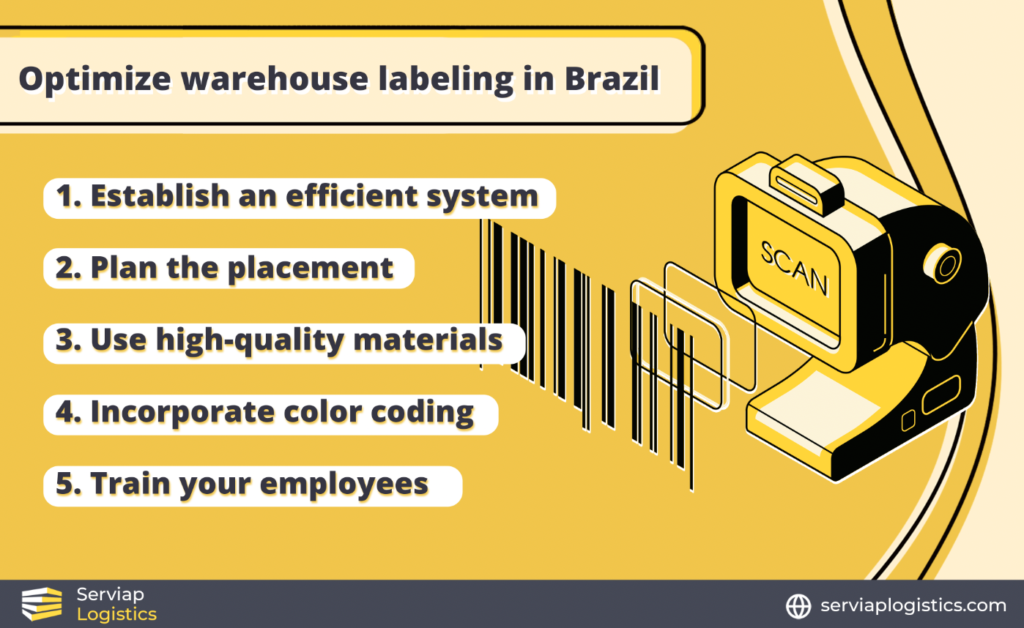
1) Establish an efficient system
Develop a standardized labeling system that is uniform across your warehouse. Define clear guidelines for labeling formats, including product codes, descriptions, and other relevant information. Consistency in labeling will simplify handling management. Using the international GS1 warehouse labeling in Brazil may help you communicate with other parts of the supply chain.
2) Plan the location of the labels
Plan the placement of labels on products, racks, shelves, or floors within your warehouse. Strategic label location is vital for the quick and accurate identification of products. Don’t forget factors such as line of sight, reachability, durability and storage configurations when determining label placement.
3) Use durable, high-quality labels and printers
Invest in reliable printers to withstand the demanding conditions of a warehouse environment. General warehouse labeling in Brazil should be resistant to moisture, warmer temperature, abrasion, and fading and refrigeration has its own demands. Opt for thermal transfer or direct thermal printers to ensure durable labels.
4) Incorporate color coding
Introduce a color-coded labeling system to enhance visual recognition and speed up basic identification processes. This visual cueing helps warehouse staff quickly locate and sort items, minimizing errors and improving memorization. Although individual labels need to be read closely, most are generalist in nature and perfect for color.
5) Train employees to use the labeling system
Provide comprehensive initial and ongoing training to warehouse employees on the labeling system. Ensure they understand how to read and interpret labels accurately. Double-check that all training and consulting materials are well explained in Brazilian Portuguese so that you keep guidance accessible to all staff at all times.
Serviap Logistics helps you with warehouse labeling in Brazil
Serviap Logistics provides a comprehensive range of warehouse setup services in Brazil, Mexico, and the United States.
As well as providing warehouse labeling, we also supply and install warehouse racking, collision protection, floor marking, and signage.
Additionally, we also offer project management services to oversee a warehouse setup, refit, or relocation, and are known among our trusted partners for our service excellence and commitment to the highest levels of safety. Those partners come from a wide array of industries, including e-commerce, wholesale, and automotive, including some of the best-known brands in those sectors.
Contact us to find out more about how we can assist you with warehouse labeling in Brazil, or any other of the services we offer in the three markets where we operate.



